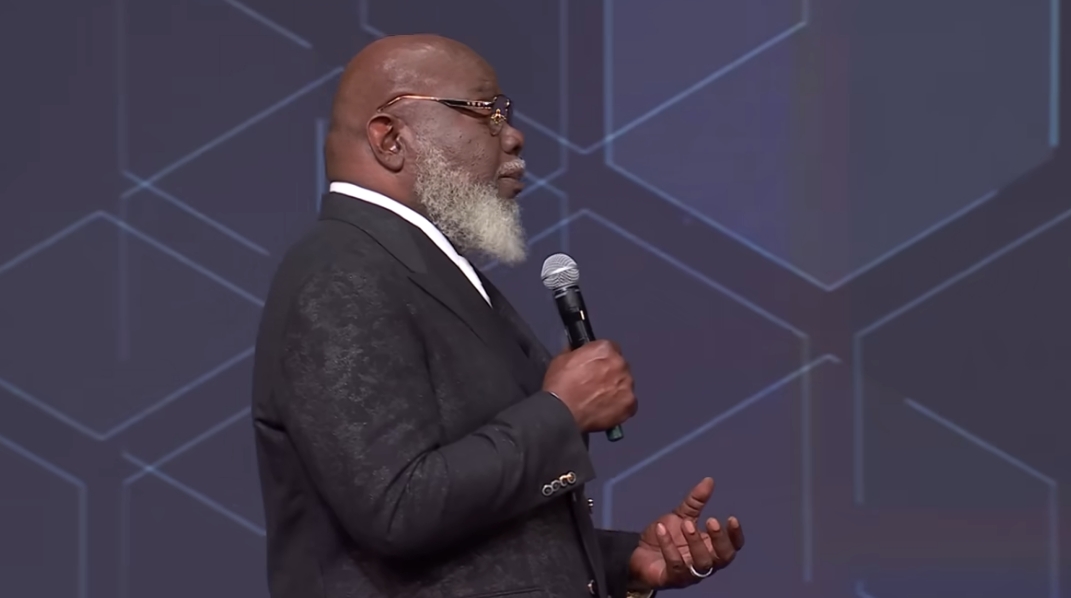As Ghana looks back on its pivotal 2024 elections, the nation reflects on the remarkable fusion of faith, politics, and civic responsibility that shaped this critical moment in its democratic journey. The elections were more than a political contest—they embodied the hopes, prayers, and ethical deliberations of a people determined to secure a prosperous future.
We explore the key themes that emerged during the election period, including the role of divine intervention, prophetic guidance, and the collective action of a nation united in purpose.
Leadership as a Divine Responsibility
In Ghana, leadership has often been seen as more than governance—it is viewed as a sacred trust. The 2024 elections brought this belief to the forefront as faith leaders and citizens alike emphasized the need for leaders who embody justice, humility, and wisdom.
Voters were challenged to think deeply about their choices, treating their votes as an act of faith and an opportunity to align with a higher purpose. Leaders, in turn, were expected to transcend partisan interests, focusing instead on the greater good of the nation. This call for ethical and visionary leadership set the tone for an election period steeped in reflection and moral responsibility.
Prophecy and Politics: Divine Insight or Democratic Dilemma?
One of the most talked-about aspects of Ghana’s 2024 elections was the role of prophecy. Several faith leaders shared visions of the election outcome, asserting that God had revealed His chosen candidate. These claims sparked widespread debate.
For many, the prophetic declarations offered hope and reassurance, reinforcing the belief that divine will was guiding the nation. Critics, however, raised concerns about the potential for such claims to polarize voters or undermine the democratic process.
Ultimately, the interplay of prophecy and politics highlighted Ghana’s unique approach to governance, where spiritual insights are often intertwined with public discourse. The emphasis on prayer and discernment encouraged citizens to seek divine guidance while remaining actively engaged in the electoral process.
Challenges on the Path to Progress
The elections also brought Ghana’s political challenges into sharp focus. Issues such as cronyism, economic struggles, and social inequalities underscored the need for systemic reforms. Many voters voiced frustration over the appointment of unqualified individuals to key positions based on political loyalty rather than merit.
Despite these challenges, the election period was a time of hope and determination. Citizens were urged to prioritize national unity over tribal or partisan divisions, rallying around a shared vision of progress and prosperity.
Faith in Action: The Power of Prayer
One of the most striking aspects of the 2024 elections was the role of faith-driven action. Across the nation, people engaged in symbolic acts of prayer and spiritual warfare, seeking to protect the integrity of the elections.
From community prayer gatherings to rituals symbolizing purification and protection, these actions reflected a deep belief in the power of divine intervention. For many, these spiritual efforts were just as important as casting a vote, reinforcing the idea that democracy and faith can work hand in hand to shape a nation’s future.
Looking Back: Lessons from the Elections
Now that the elections are over, Ghana is left with much to reflect on. The results validated the hopes of some and sparked further introspection among others. Above all, the elections underscored the importance of ethical leadership, active civic participation, and the enduring influence of faith in public life.
For those who looked to prophecy, the outcome affirmed their belief in a higher plan for the nation. For others, it highlighted the need for vigilance and accountability in holding leaders to their promises. Regardless of individual perspectives, the elections were a testament to the resilience and unity of the Ghanaian people.
The Path Forward
As Ghana moves into the future, the lessons of the 2024 elections remain clear. Democracy is more than a vote—it is a continuous process of building trust, fostering unity, and striving for justice. By combining spiritual values with practical action, Ghanaians have demonstrated their commitment to creating a nation where leadership serves the people and reflects the will of God.
The journey is far from over, but the 2024 elections have set a powerful precedent. As the nation continues to grow and evolve, its unique blend of faith and democracy will remain a source of strength and inspiration.
What are your thoughts on the role of faith in politics? Let us know in the comments below!
This blog post captures the spirit of Ghana’s 2024 elections while inviting readers to engage with the broader themes of leadership, democracy, and faith. Let me know if you’d like additional tweaks!















